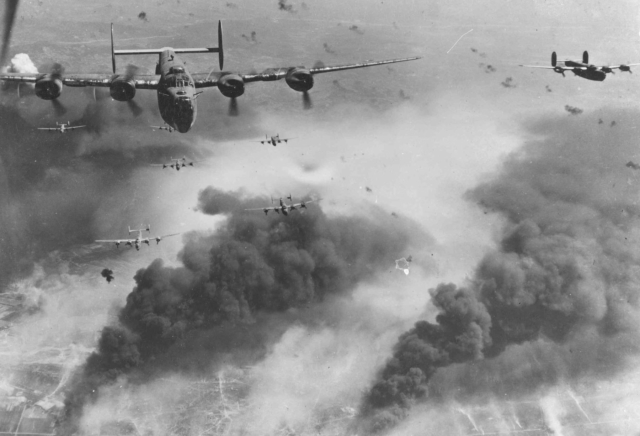World War II: 75 years after Germany invaded Poland. We look back at the deadliest conflict in history. It was fought on the great battlefields of Europe, in the skies and on the seas from Norway to Sicily, in Russia, in North Africa, Hawaii, the Philippines and China.
In all, more than 30 countries battled in a war that would leave more than 50 million dead and transform the world. CCTV America’s John Gilmore reports.

Our panel:
In D.C., Peter Kuznick, a professor of history at American University and co-author of Oliver Stone’s “Untold History of the United States.”
From Berlin, Marc Hujer, the Washington Bureau Chief for Der Spiegel.
From Moscow, Dmitry Babich, political analyst for Voice of Russia Radio.

By 1939 China was already at war with Japan and the fight continued until the Japanese were defeated in 1945. Earlier this week, China marked the 69th anniversary of victory in the War of Resistance against the Japanese invasion. China played a major role in the Allied victory and millions of Chinese died in the war effort.
Ming Wan is a professor of Government and Politics at the George Mason University.

One More Question for Peter Kuznick
A study of history often shows the actions of the United States government can end up causing the country problems down the road.
Peter Kuznick, historian and co-author of “The Untold History of the United States,” explains in “One More Question” how some of America’s past dealings in the Middle East may have provoked some of the Islamic extremism the world now confronts.

 CGTN America
CGTN America Through flak and over the destruction created by preceding waves of bombers, these 15th Air Force B-24s leave Ploesti, Rumania, after one of the long series of attacks against the No. 1 oil target in Europe. (U.S. Air Force photo)
Through flak and over the destruction created by preceding waves of bombers, these 15th Air Force B-24s leave Ploesti, Rumania, after one of the long series of attacks against the No. 1 oil target in Europe. (U.S. Air Force photo)
